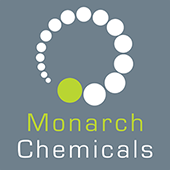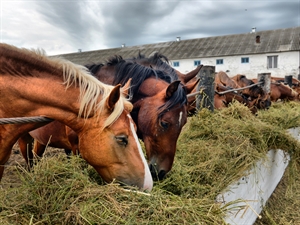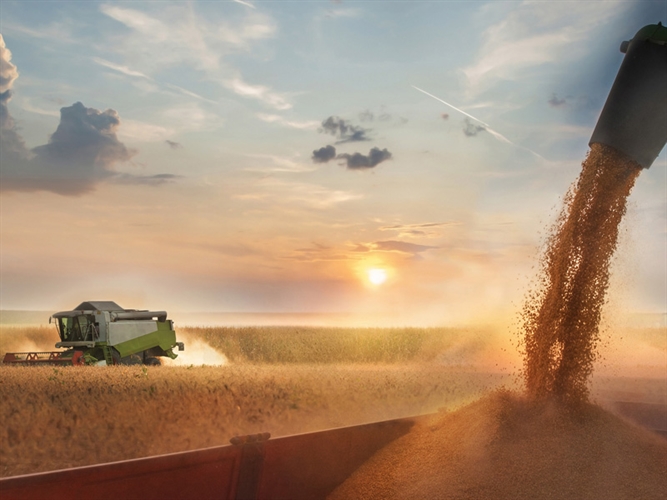The Role of Organic Acid Preservatives
Organic acid preservatives, such as buffered propionic acid, are used to prevent heating and moulding in hay, especially when the moisture content at harvest is marginally above the optimal level for safe storage. Krishona Martinson from the University of Minnesota notes, “Generally, hay baled at 15% moisture or below is unlikely to mould. Ideal moisture varies by bale type and mass. Preservatives are the most economical and effective at preventing mould growth when applied to hay baled between 17% and 22% moisture” (Martinson, University of Minnesota).
Efficacy and Safety of Treated Hay
Research indicates that organic acids are effective in preserving hay when applied at recommended rates. While feeding treated hay to ruminant animals has never raised concerns, the same cannot always be said for horses. However, existing research helps dispel these concerns.
Martinson highlights studies from Cornell University and the University of Illinois showing that horses prefer untreated hay over treated hay when given a choice. However, when untreated hay was not available, horses readily consumed the treated hay. Additionally, a horse’s hindgut bacteria produce propionic acid as a result of microbial fermentation, indicating that the preservative is not foreign to their digestive system (Martinson, University of Minnesota).
Impact on Performance and Health
From a performance perspective, horse yearlings fed preservative-treated hay showed similar intake levels and weight gains compared to those fed untreated hay during research trials. “Treated hay did not affect clinical measures of the yearlings' well-being, which indicates the preservative did not negatively affect the horses,” states Martinson (Martinson, University of Minnesota).
Although treated hay may not be a horse’s first choice, it is a safe and common practice, especially under suboptimal weather conditions. Most haymakers prefer not to use preservatives due to the added expense, but these products are essential for ensuring safe storage and mould-free hay when conditions are less than ideal.
Conclusion
Horse owners can be assured that feeding their animals preservative-treated hay is both safe and effective. The use of organic acids like buffered propionic acid and products such as Baler’s Choice helps maintain hay quality and prevents expensive losses through mould, ensuring that horses receive nutritious and safe feed.
References:
Martinson, K. (University of Minnesota). Horse Newsletter. University of Minnesota Extension.
Rankin, M. Managing Editor, Hay and Forage Grower.


